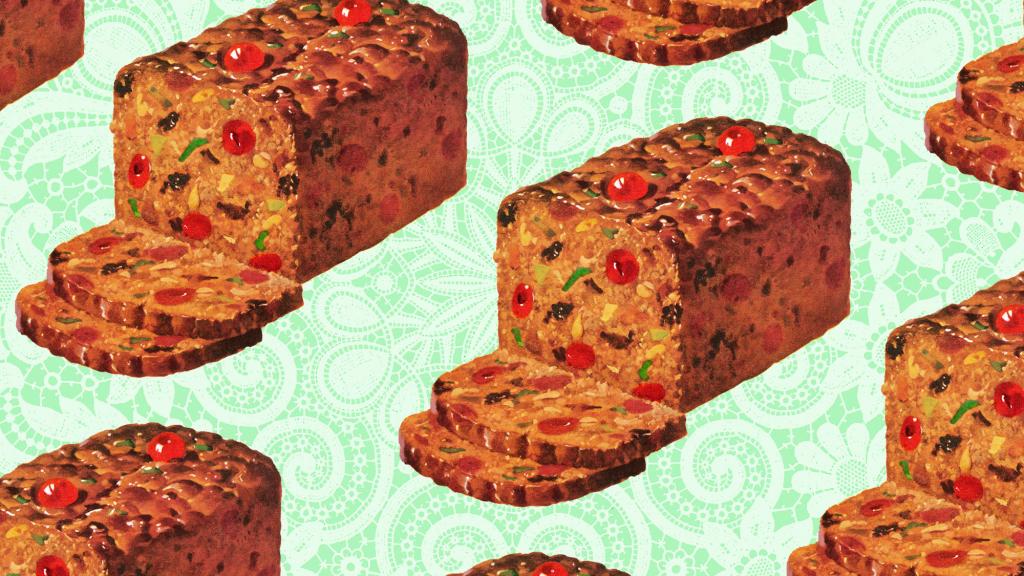Welcome to Grist’s Nostalgia Week 2020. It’s been a helluva year — so rather than just reflecting on all that went down, we went back a bit further and sought some comfort via nostalgia. But while revisiting “simpler times” may feel like temporary escapes from current disasters like climate change, a pandemic, and attempted coups, they also remind us of how we got here.
The start of my 12-year stint as a vegetarian was not a particularly auspicious one. I was standing over my parents’ kitchen sink, eyes full of tears as I choked down one mouthful after another of cold, cotton-dry chicken breast. At the same time, I engaged in a fiery staring contest with my dad, who had taken it upon himself to enforce his long-promised threat of “You are going to sit here until you finally clean your dinner plate, young lady.”
My stand against meat lasted from age 10 to my early 20s. During that time, my family continued to eat meat, though they never again forced me to join them. Instead, my parents let me forage in the pantry and fumble on the stovetop for my own dinner. My elementary cooking skills meant that I relied on a lot of frozen veg staples — Gardenburger patties, MorningStar Farms Chik’n nuggets, DiGiorno cheese pizza.
The early 1990s, well before the advent of “plant-based diets,” were a different time for meatless eating. Meat alternatives have been around for thousands of years, but you’d never have known that shopping for vegetarian entree options in the conventional American grocery stores near my parents’ Southern California home at the time. My choices were generally limited to “Oriental” flavored Ramen packets and boxed macaroni and cheese. Going out to eat usually meant ordering some form of spaghetti with red sauce. Even when I tried to explain to my Chinese relatives that I was no longer eating meat “for taste reasons,” they awkwardly continued to offer me plates of beef tendon until my grandmother lied and told them I had become a Buddhist.
The holidays were especially rough. My family went all-out for Thanksgiving with a mix of American and Chinese delicacies — turkey, gravy, giblet stuffing, chicken gyoza, pork buns, the works. I’d look at that lovingly handmade fare and then down to my own plate: plain mashed potatoes, salad, and a dinner roll. It was still delicious, but not exactly special. I didn’t miss the taste of turkey, but I longed to join in on the tradition of it all.
I got older, the gentle ribbing about my dietary choices faded on the family front and instead started coming from my peers. While I knew a few other young vegetarian converts, we were seen as oddities, assumed to be either die-hard animal rights zealots or body-conscious health nuts. Our motivations, in fact, varied; mine was more a mix of texture aversion and a strong desire to shirk my parents’ control. But we were united by our isolation: While our friends gathered around party-sized plates of buffalo wings, we grazed in the corner on cold baby carrots and ranch dressing. We were seldom invited on lunchtime fast food runs — a kind of SoCal teen Olympic sport in which five hungry high schoolers cram into a 2-seater truck and tried to make it to the local taco shop and back in 20 minutes or less.
By the time I graduated college, my tastes had changed and I was tired of so much pasta, black bean patties, and veggie platters. A chance encounter with a particularly aromatic and tender piece of barbecued chicken thigh put an end to my meatless streak.
Sixteen years ago, going from vegetarian to “flexitarian,” or meat-light, felt like a revelation. I could sit down with my family and enjoy my mom’s slow-cooked borscht! I no longer had to microwave my Thanksgiving dinner! No restaurant menu section was off limits! I could actually trade entree bites with a date! Until that point, I hadn’t noticed one constant seasoning of my meat-free diet.
It was loneliness.
The world has obviously changed a lot since then, but food remains as important as ever, especially during times of uncertainty. We can derive thrill from attempting a new recipe or comfort revisiting a favorite childhood meal. Our diets are the realm in which we can exert a small (but non-negligible) degree of control within a generally out-of-control world.
Despite being almost 20 years out of the vegetarian game, when the COVID-19 pandemic first hit, I threw a couple of boxes of MorningStar breakfast patties in my grocery cart “for old times sake.” Looking down the rest of the meat alternatives aisle, it was clear just how much time had passed since my DiGiorno-for-one days. The shelves were packed with family-size options for vegetarian meal ideas: Beyond Beef in “family-style” packs, cashew ‘cheese’ pizzas, coconut milk ice cream.
According to a post-pandemic report, parents of young children are one of the biggest consumer demographic groups for plant-based products. The idea of parents driving their kids’ vegetarianism feels like a bittersweet twist on my childhood. I imagine my mom showing a younger version of myself how to properly press the moisture out of tofu, shape a Beyond Beef meatball, or marinate tempeh. My parents loved me and never complained about buying me the meat substitutes I asked for. But to have had the bonding experience of actually preparing it and enjoying it together? There is no substitute.
The morning after my impulse Morningstar purchase, I woke up and threw a pair of patties into the microwave. As the smell of savory plant protein filled my kitchen, memories came rushing back: the weekday breakfast rush, stolen glances at my brother and sister divvying up strips of bacon from the stovetop. As I slid the warm, brown circles onto a plate, my four-year-old daughter came over and plunked into my lap. We sat and ate them together.
The taste was the same as I remembered. Almost.



